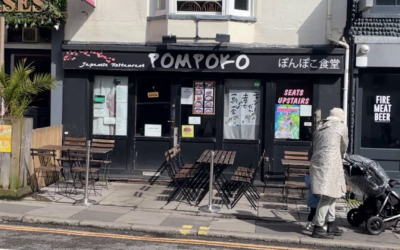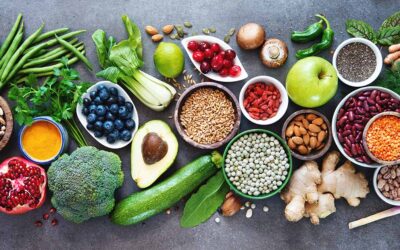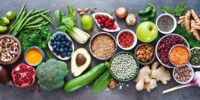
Making the most of your space
Before you start, consider how much space you have, because this will obviously influence what you are able to grow. While some of us may have sizeable gardens which offer huge possibilities, others will be limited to filling space on windowsills and balconies with small containers. If space is limited, investigate dwarf varieties of of vegetables, which can be grown in pots.
Make sure you grow only what you really like, and try to minimise any experiments – you don’t want to put your time and effort into growing cabbages if you don’t intend to eat them. Think about how long things take to grow as well – for example, cabbages are slow to mature.
If space in your garden is an issue and you’re serious about growing your own vegetables, why not contact your local council to apply for an allotment near you? They can either allocate you a plot or add your name to a waiting list. You could club together with a few equally passionate friends and share the responsibilities (and eventually, the produce).
What should I grow?
There are huge varieties of vegetables to choose from. As a starting point, here is a brief guide to some of the simplest vegetables to grow yourself.
- Beetroot – Sow little and often for best results. The Royal Horticultural Society advises to harvest the roots when they are young and about the size of a golf ball. The leaves can also be eaten.
- Potatoes – Whether they are boiled, mashed, baked, or chipped, potatoes are the staple ingredient of many meals. Earlier types are less likely to encounter pest problems.
- Peas – The easiest varieties to grow are mange tout and sugar snap. It is advised to use them as quickly as possible once picked or they will lose their sweetness.
- Lettuce – There are many types, all with different colours, flavours and textures. If you choose well, you’ll be able to have lettuce almost all year round.
- Radishes – Roots are ready to harvest about four weeks after sowing. Sow radish seeds every two weeks throughout the summer if you want them for salads.
Companion planting
Companion planting refers to placing plants or vegetables that can help each other close together. Not only does this help keep the soil in a good condition, it can offer protection from wind or sun. Clever planning can also ensure your vegetable patch attracts beneficial pests and keeps harmful ones at bay. For example, potatoes will likely thrive when near cabbages, horseradish, peas, beans and corn, but should not be placed near cucumber or pumpkins. Lettuce should develop well when placed near radishes, broccoli, carrots, onions and cucumber, but should not be planted near cabbages.
If you have any doubts, consult local garden centres for advice on how to achieve success in your garden. You can also find lots more advice online, such as from the Royal Horticultural Society.
Remember, if you’re looking for the right tools to help get your garden up to scratch, check out the Friday-Ad for used and second hand gardening tools. You might find just what you’re looking for.
Read more…
Hosting and Teaching International Students: A Rewarding Experience
Hosting students on a language homestay has proven to be an enriching experience for both student and host. Students are given an opportunity to learn the language in an authentic environment, as they engage in real-life conversations, gain cultural insights, and...
Pompoko Brighton Review
Pompoko Brighton Welcome to the Friday-Ad restaurant review series! If there's a restaurant, pub or café you want us to review, let us know in the comments. Today, we’re featuring one of our absolute favourite places to eat; the Japanese restaurant, Pompoko Brighton....
Sussex Health Food Stores: Health and Sustainability
Your body is your temple, and just like any temple, it needs to be taken care of. You wouldn't pour junk into a temple, so why would you do it to your body? A nutritious diet is essential for overall well-being, and one way to ensure that you're fuelling your body...









